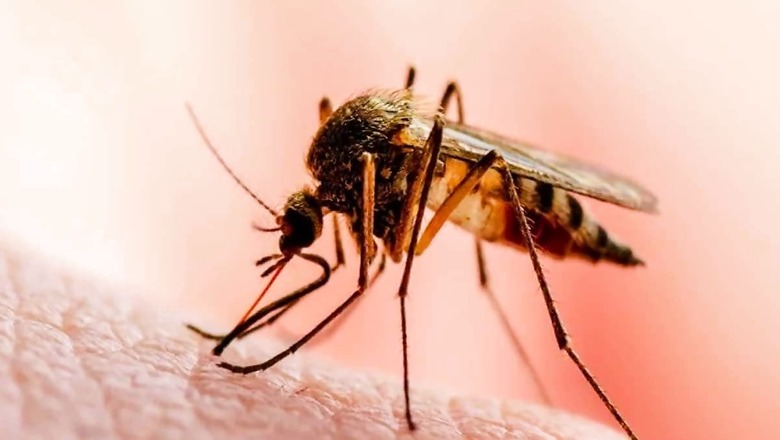
views
Monsoon Diseases: After a particularly scorching summer, with higher-than-normal temperatures reported across the country, the much delayed rains came as a welcome relief to citizens. The relief appears to be momentary, especially in those areas where the monsoon has exceeded yearly precipitation patterns and flooding is being reported across several states and cities.
While floods and higher than normal rains do logically increase the risk of various water-borne diseases, due to water stagnation, even regular monsoons lead to damp and humid conditions that serve as ideal breeding grounds for microbes and vectors which host diseases. Footfalls at clinics and hospitals are known to increase by up to 50% during the rains.
Some of the commonly encountered monsoon diseases include malaria, dengue, leptospirosis, typhoid, respiratory infections and acute gastroenteritis.
Dr Vikram Vora, Medical Director, Indian Sub-Continent, International SOS, says, “The most prevalent infection seen during monsoons is malaria. Transmission occurs due to bites from infected mosquitoes which breed in accumulated water. Another mosquito-borne infection that is expanding its geographic footprint every year, is dengue that results in severe joint and muscle aches in addition to high fever. Preventing malaria and dengue is simple but requires use of mosquito nets and repellent creams, lotions or electric anti-mosquito devices. Wearing of long sleeved clothing and long pants is recommended for everyone. Children need to be protected by reducing their exposure to water sources. Elimination of stagnant water sources like water storage containers, in which breeding occurs is the single most important preventive measure.”
Walking through floodwaters exposes individuals to the risk of Leptospirosis. “This is a bacterial infection that gets transmitted when one comes into contact with the urine of infected animals in which the bacteria can survive for several weeks. Symptoms include high fever, muscle pain, headache, and jaundice. These can lead to serious complications like kidney and liver failure. Meningitis and even death. To prevent getting infected, one must avoid walking in flooded areas without high gum boots. Maintaining proper hygiene and cleanliness in living spaces is also important,” adds Dr Vora.
Cases of typhoid fever are also known to rise during this time due to poor sanitation and hygiene practices. “Typhoid is a bacterial infection that is caused by consuming contaminated food or water. Ensuring the availability of clean potable water, avoiding eating from street food vendors, ensuring good handwash practices and maintaining proper food hygiene are some of the ways to keep typhoid away,” states Dr Vora.
Respiratory infections, such as cold, cough, and influenza, are common during and after the monsoon season. This is on account of the favorable conditions for bacterial, viral and even fungal growth. Maintaining personal hygiene, washing and sanitizing hands regularly, wearing a mask when sick (or in contact with a sick individual) can all help prevent one from getting infected. “A flu vaccine that can prevent and reduce severity of the infection is available and is recommended especially for vulnerable groups viz. children, elderly, those with co-morbid conditions or a compromised immune response,” opines Dr Vora.
Acute gastroenteritis or gastro, as it is sometimes referred to, is the result of an infection in the digestive tract. During monsoons, doctors see a definite increase in cases due to organisms like E. coli, salmonella enterica and rotaviruses – pathogens that abound and affect poultry, livestock and fish. The toxins in these pathogens when consumed with infected food items can lead to abdominal pain, nausea, diarrhoea and intractable vomiting. Eating cooked food when hot, ensuring clean water is used in the cooking process and thorough washing of vegetables and meat helps prevent attacks of gastroenteritis.
“Preventing monsoon diseases, though apparently simple, needs an approach that includes increasing awareness, coordinated action between individuals and health authorities, repeated reinforcement of hygiene messaging and judicious use of preventive measures. It is only then that we can expect to minimize illnesses and their impact on wellbeing and productivity,” signs off Dr Vora.


















Comments
0 comment